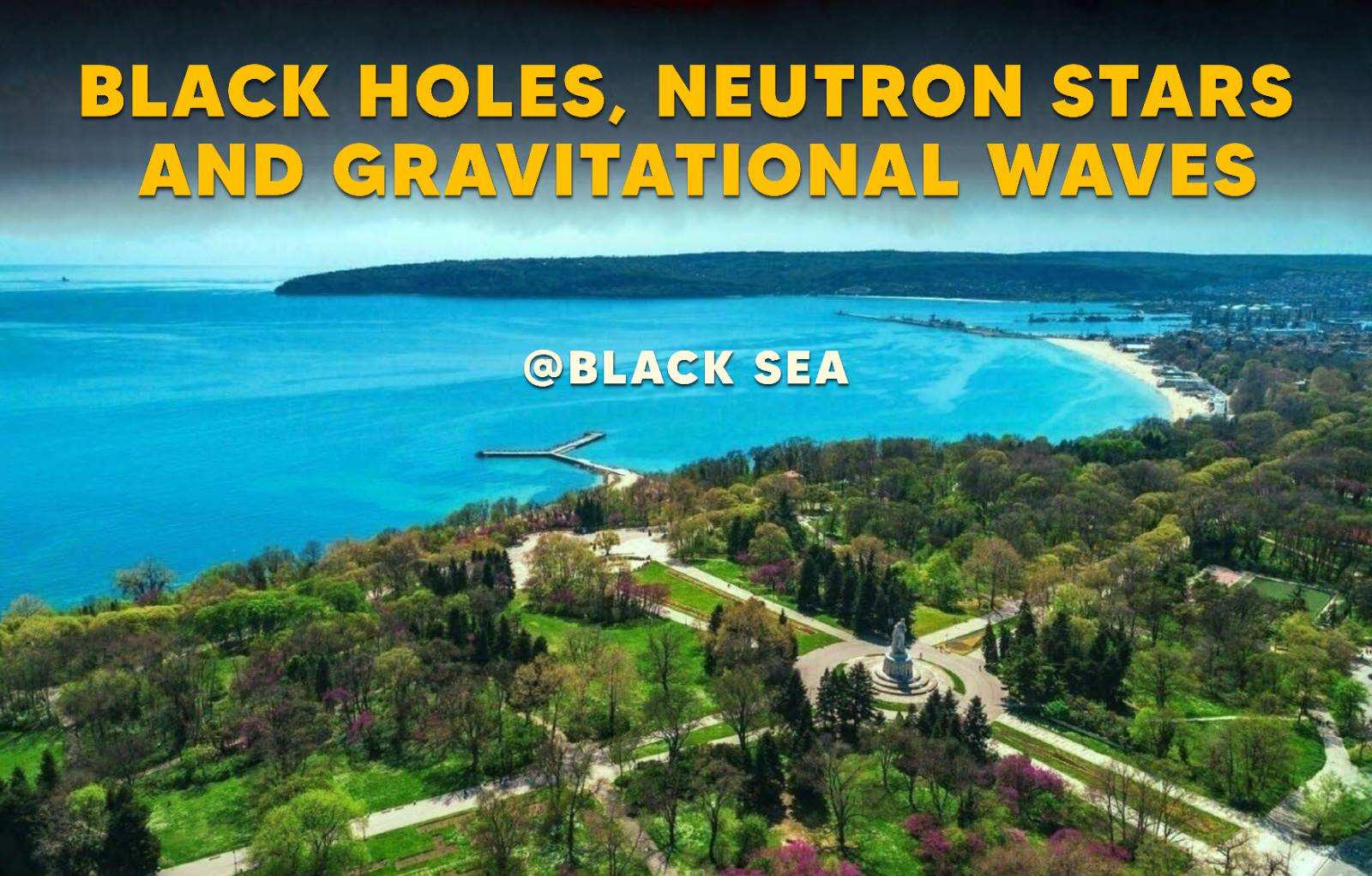Speaker
Description
A proto-neutron star forms after a successful supernova when the stellar remnant decouples from the ejecta. we explore a relativistic framework for the finite-temperature $\beta$-equilibrium limit of equation of state, constrained via a Bayesian inference methodology, subject to minimal constraints on a few nuclear saturation properties, low-density pure neutron matter constraints from chiral effective field theory, and a neutron star maximum mass greater than 2.0 $M_{\odot}$. We analyze a set of parameters for this study derived from the relativistic mean field model at the zero temperature limit. We compare results with the $\Gamma$-law approximation for thermal effects. Our finding in the present study is that the presence of hyperonic matter in the neutron star makes more likely collapse into black hole as compare to the presence of nuclear matter.

